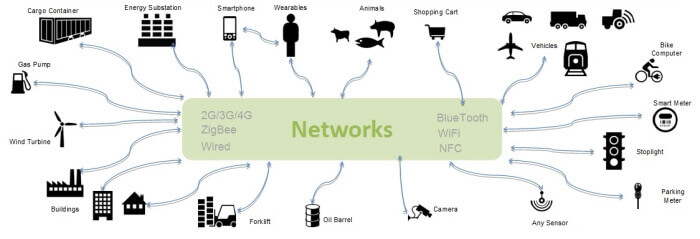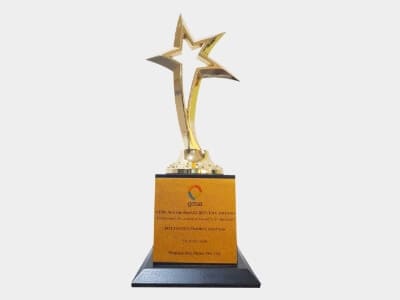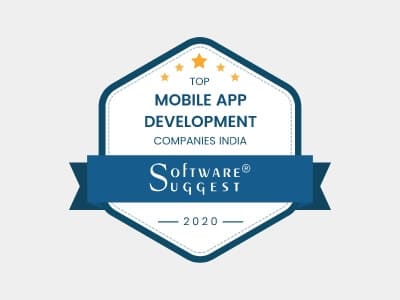The latest euphoria in Technology world today, IoT – Internet of Things! This is not a concept but it is a revolution in technology world and it is even larger than the industrial revolution!
So now question rises in mind, what is IoT exactly?
In this blog let us have a basic look inside this technology to know what IoT is and why technology world is so enthusiastic about it.
To understand the basic meaning of the title, let’s break the IoT word into Internet and Things.
After WWW was formed in 1991, internet transformed the way long distance communication was conducted. It created new ways to spread and get knowledge & information. It was a big leap in technology and communication field when people from different corners of the globe were able to communicate with each other.
Today, the scenario is that the devices that are connected to internet are more than the people who are connected to the internet or using it. Each device that is connected to internet is identified with a unique ID, i.e. the IP address of that device. It helps to identify a device, locate the device on the network and route the internet traffic when device is communicating.
Things can be sensors, cameras, vehicles, energy stations, buildings, smartphones, tablets, etc. in short any physical object.

Combining both Internet and Things and making them work together, there came a robust technology jargon in the world, the Internet of Things (IoT).
Today, we have many devices other than smart phones and computers which have the capability to connect and communicate through internet like, Medical and Health monitoring devices, door opening systems, internet connected lighting systems, water supply sensors, ATM machines, Electricity and other utility meters, cars and other vehicles and many more.
So, all these uniquely identifiable devices that can communicate using internet are called Internet of Things.
As mentioned by Wikipedia,
The Internet of Things (IoT) is the network of physical objects, devices, vehicles, buildings and other items which are embedded with electronics, software, sensors, and network connectivity, which enables these objects to collect and exchange data.
Characteristics of IoT
To make this technology an essential part of human lives, we need to understand characteristics of IoT. Following are some characteristics of the ‘things’ in IoT.
- The things should be uniquely identifiable so that each of them can be differentiated from other objects in the network. It becomes difficult for developers to work with them in case they are not uniquely identifiable.
- Things should be able to discover the availability of other objects so they can further interact with each other and work accordingly.
- Things should be able to capture data automatically.
- Things should be inter-operable between various communication technologies and communication protocols.
- There should be cooperation between autonomous things. If two autonomous objects can interact with each other to complete any necessary task, it can boost value of such application’s various functionalities.
- Things should be able to operate at low power as most of them are working on battery or non persistent power sources.
- Things should be in nature contextually.
- Things should be programmable by user.
- Things should have a fail-safe operation and most importantly secure because they will acquire some important and private information about person and processes.
Facts about IoT
How large IoT network is?
- Number of devices exceeds the number of people on Earth.
- Prediction is made that there will be 50 billion devices connected to the Internet by 2020.
Which IoT Service Support will be needed?
- Some advanced IoT services will be needed to collect and process raw sensor data and transform it into meaningful information.
- IoT databases will be needed to store large quantity data from large number of IoT devices.
- Cloud Computing support is needed for the same in same segment.
- IoT data analysis will be needed to be done, that is where we will need Big Data Analysts.
How does IoT influence ?
- People: More ‘things’ can be monitored and controlled so people can become more capable.
- Process: More complex tasks can be done in lesser time by collaborating more users and machines in real-time. And that will result into more collaborated and coordinated data.
- Data: Collection of more collaborated and coordinated data frequently and reliably which results in more precise decision making.
Predictions have been made that IoT has the potential to increase global corporate profits by 21% (in aggregate) by 2022 and total business revenue will be around $19 Trillion !!
Gathering all of above in a nutshell, we can say that this technology is huge and has expansive potential. It will create huge potential for IoT application developers.
WeblineIndia, being an early adopter of IoT technology has already created a pool of experienced IoT app developers and developed applications based on IoT which has led to become one of the leading Offshore IoT app development company.
If you have any ideas to convert into an IoT application, contact us to leverage the cost advantage by outsourcing to us.
Testimonials: Hear It Straight From Our Global Clients
Our development processes delivers dynamic solutions to tackle business challenges, optimize costs, and drive digital transformation. Expert-backed solutions enhance client retention and online presence, with proven success stories highlighting real-world problem-solving through innovative applications. Our esteemed Worldwide clients just experienced it.
Awards and Recognitions
While delighted clients are our greatest motivation, industry recognition holds significant value. WeblineIndia has consistently led in technology, with awards and accolades reaffirming our excellence.

OA500 Global Outsourcing Firms 2025, by Outsource Accelerator

Top Software Development Company, by GoodFirms

BEST FINTECH PRODUCT SOLUTION COMPANY - 2022, by GESIA

Awarded as - TOP APP DEVELOPMENT COMPANY IN INDIA of the YEAR 2020, by SoftwareSuggest